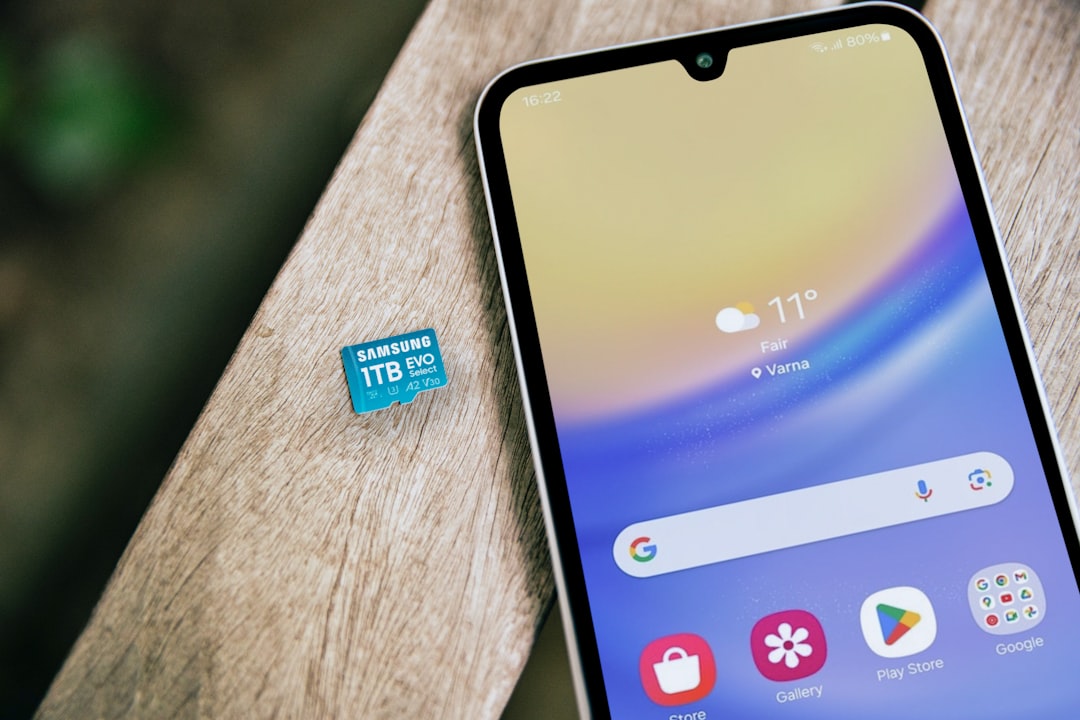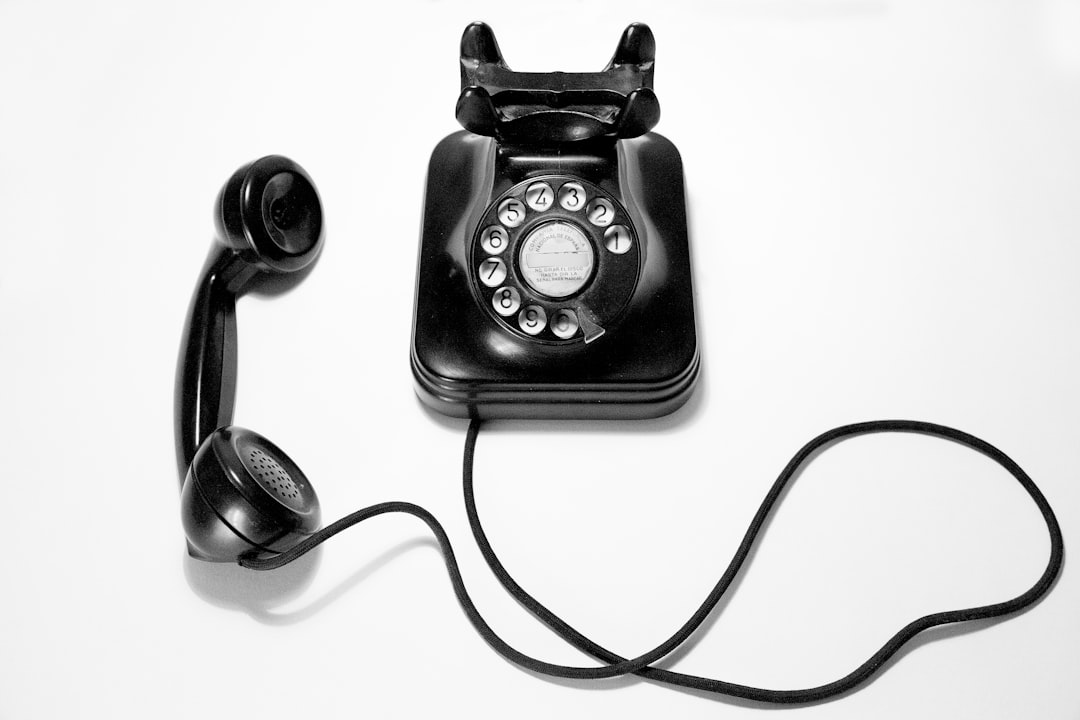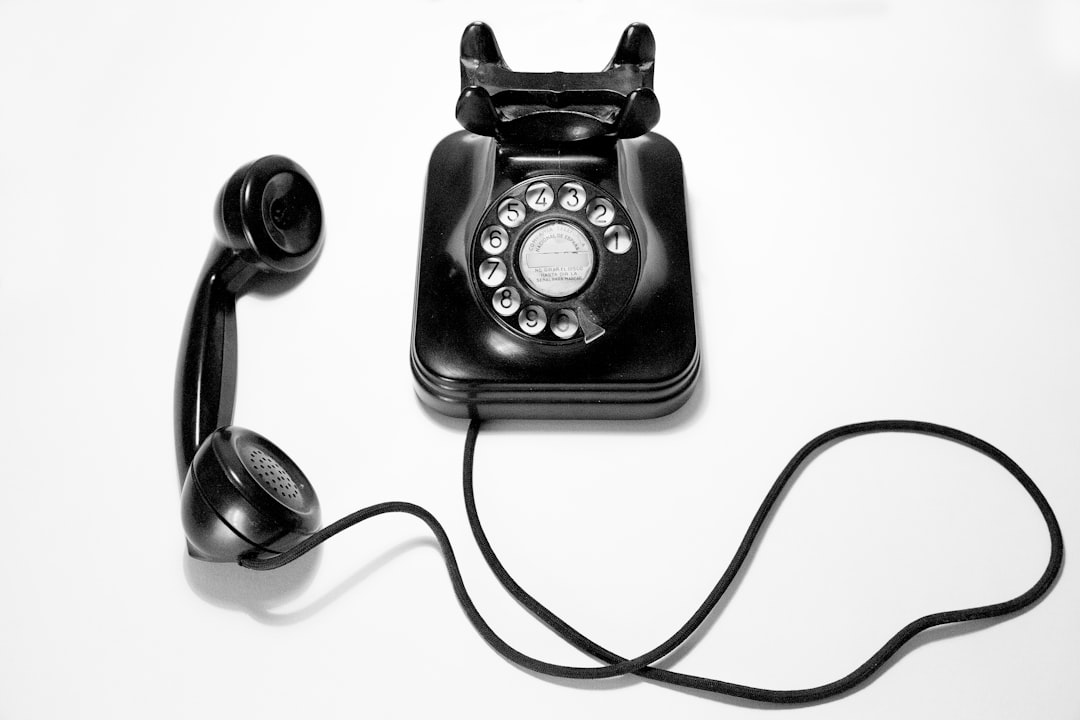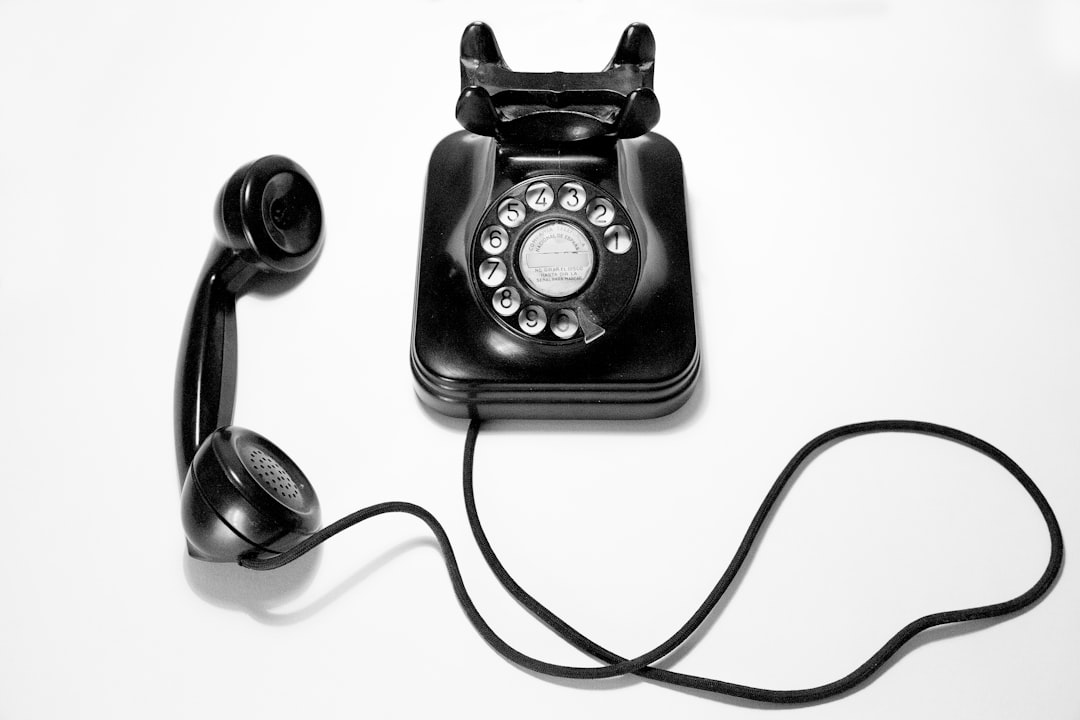Robocalls, or automated phone spam, are a widespread issue in Minnesota, affecting up to 70% of mobile calls. While laws like TCPA and the National Do Not Call Registry offer protection, advanced techniques are needed. Simple measures include registering on the Do Not Call Registry, using call-blocking apps, reporting spam, and avoiding number sharing. By implementing these strategies, Minnesotans can reclaim control over their communication channels and reduce robocalls significantly.
In recent years, the rise of robocalls has become a growing concern among residents of Minnesota. These automated calls, often carrying political messages or sales pitches, can be relentless and intrusive. Understanding the impact and legal measures available is crucial for Minnesotans looking to protect their privacy. This article explores effective strategies to combat robocalls, including practical tips on how to stop spam calls in Minnesota, empowering residents with knowledge to reclaim their peace of mind.
Understanding Robocalls and Their Impact in Minnesota

Robocalls, a term that has become increasingly familiar in the digital age, refers to automated phone calls from unknown numbers, often delivering pre-recorded messages. While they can be used for legitimate purposes like appointment reminders or survey requests, robocalls are more commonly associated with unwanted spam calls. In Minnesota, as in many parts of the country, these automated calls have become a widespread nuisance. They disrupt personal and professional lives, with some estimates suggesting that up to 70% of calls received on mobile phones are now spam.
The impact of robocalls is profound. They contribute to a sense of privacy invasion, leading many Minnesotans to feel constantly bombarded by unsolicited messages. This has prompted a surge in interest in how to stop spam calls Minnesota. Simple measures like registering on the National Do Not Call Registry can offer some relief, but advanced techniques are often required to completely mitigate the problem. Understanding the nature of these calls and their increasing sophistication is the first step towards reclaiming control over one’s communication channels.
Legal Measures and Options to Stop Spam Calls

In Minnesota, as in many other states, there are legal measures in place to combat spam calls. The Telephone Consumer Protection Act (TCPA) provides consumers with powerful tools to protect themselves from unwanted robocalls. One of the primary ways to stop spam calls is by registering your phone number on the National Do Not Call Registry. This federal list restricts telemarketers from calling numbers listed on it. Additionally, Minnesota has its own Do Not Call Registry, which offers further protection against local and state-specific spam calls.
Beyond registration, consumers can take several practical steps to minimize spam calls. Using call-blocking apps or purchasing hardware-based call blockers is an effective solution. Many modern smartphones also come with built-in call filtering features. Reporting spam calls to your service provider and the Federal Trade Commission (FTC) is another important step; this helps in identifying and penalizing the sources of these calls. Additionally, being cautious about sharing your phone number online or through unknown sources can significantly reduce the likelihood of receiving spam calls.
Effective Strategies for Protecting Yourself from Robocall Invasions

Robocalls have become a widespread nuisance, but Minnesotans can take proactive steps to protect themselves from these unwanted intrusions. One effective strategy is to register your number on the National Do Not Call Registry. This federal list prohibits telemarketers from calling registered numbers, offering some relief from spam calls. Additionally, utilizing call-blocking apps or installing hardware-based filters can significantly reduce the volume of robocalls received. These tools identify and block calls from known spam sources, providing a more peaceful experience.
Another crucial step is to be cautious when sharing your phone number. Avoid providing it unnecessarily, especially online. Be selective with subscriptions and promotions, as some services may lead to increased robocalls. Regularly reviewing call logs and blocking unknown numbers can also help. By combining these strategies, Minnesotans can reclaim control over their communication and minimize the disruption caused by spam calls.






